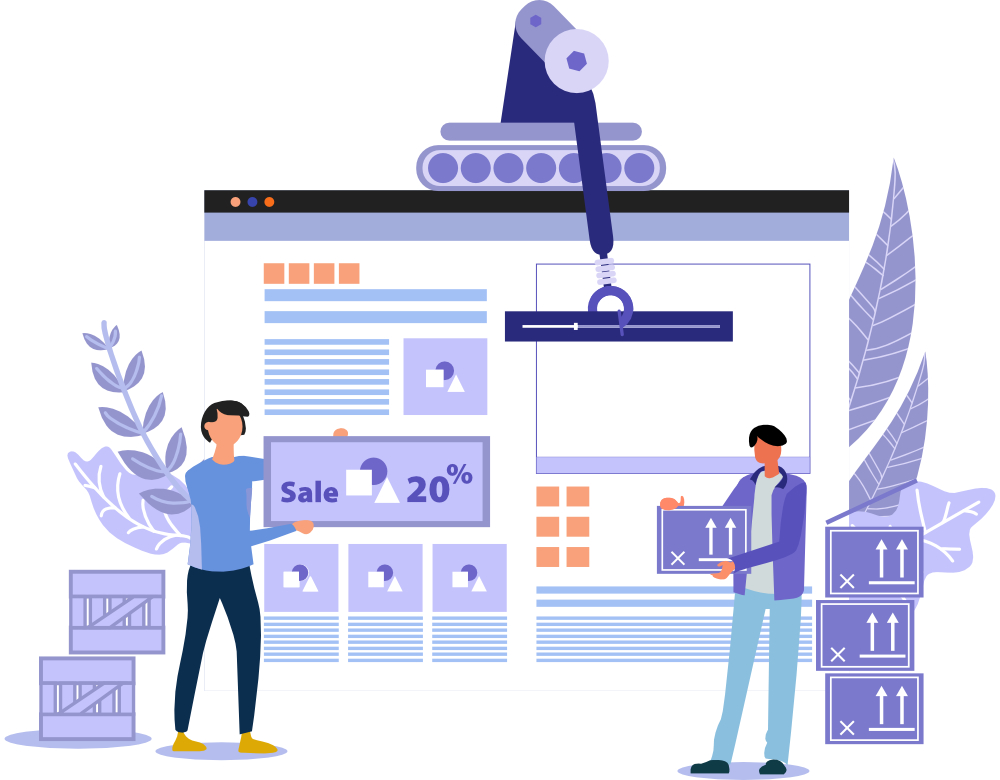A one-page website is a single page that contains all of the content for a website. These websites are becoming increasingly popular due to their simplicity and ease of use. While one-page websites have their advantages, they also have some drawbacks that should be considered before you decide to go this route.
Pros of Having a One-Page Website
The primary benefit of having a one-page website is that it’s incredibly simple and easy to navigate. Since everything is on one page, users don’t have to click around to find what they’re looking for. Instead, they can scroll down the page and quickly understand how the site works and what it offers. This helps make it easier for visitors to quickly find the information they need and increases the chances of them staying on your site longer.
One-page websites are also great when it comes to SEO (search engine optimization). Since all of the content is on a single page, search engines only have to crawl that page rather than multiple pages on your site. This makes it easier for search engines like Google and Bing to index your content and can help improve your rankings in their search results.
Finally, one-page websites are incredibly cost effective since there’s no need for additional webpages or hosting fees associated with multiple pages. This makes them especially attractive for small businesses or startups who may not have the budget for multiple webpages or hosting fees.
Cons of Having a One-Page Website
Despite their popularity, there are some drawbacks associated with having a one-page website that should be taken into consideration before making this decision. The first issue is that these sites usually contain more text than traditional sites which can make them look cluttered and overwhelming. Too much text can also distract visitors from important information or make them less likely to stay on the site since they may become bored with all of the reading material available.
Another potential problem is that if you don’t structure your page correctly or use an effective navigation system then visitors may struggle to find what they’re looking for which could lead them leaving your site without taking any action (such as buying something). It’s important therefore that you use clear headings, subheadings and other visual cues so visitors know where they need to go on your page in order to take action or find more information about something specific.
Finally, since everything is condensed onto just one page, it can be difficult to add new content or make significant changes without affecting other sections of the site as well as potentially creating confusion among visitors who may expect certain sections of your site in certain places but no longer find them there after an update has been made (which can lead them leaving).
Overall, while one-page websites offer some great benefits such as simplicity and cost effectiveness, there are some potential drawbacks associated with this approach such as clutter and difficulty making changes or adding new content which should be taken into consideration. Schedule a call with our team and let us help you decide which is best for your business.



